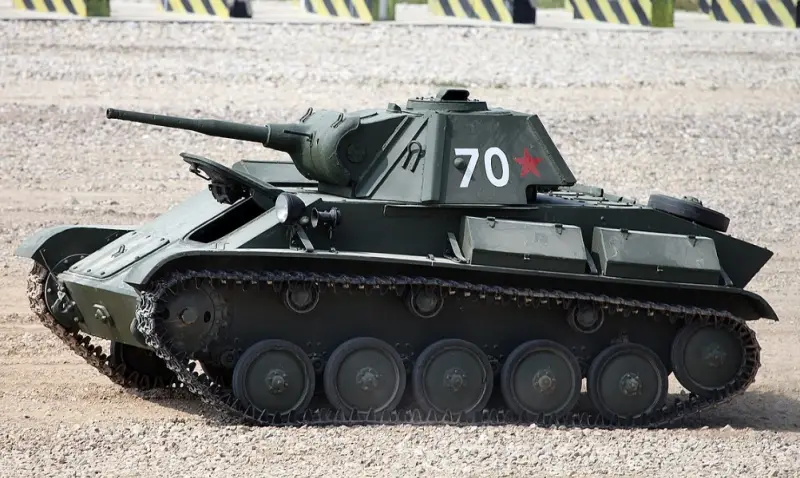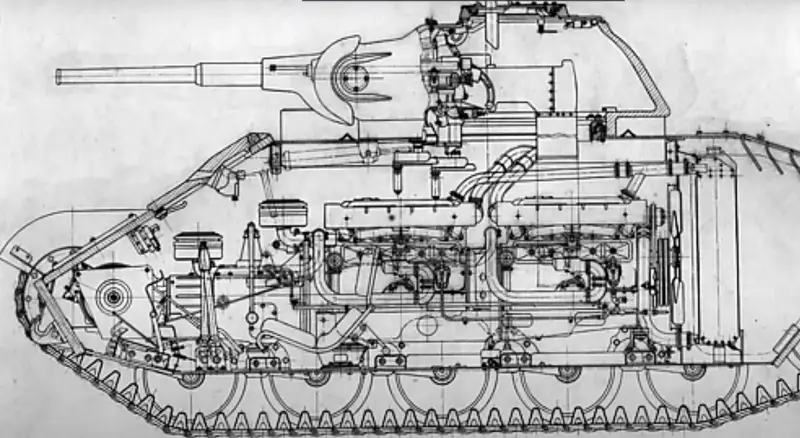T-70 - a tank that was intended to be a replacement for the T-60

The T-70 light tank owes its appearance to the T-60, since, in fact, it is an improved modification of it. The first T-60 vehicles were produced in Gorky and Kharkov in September 1941. Despite the fact that these vehicles were extremely necessary for the Soviet army, the military looked at them with a fair amount of skepticism. The military was especially dissatisfied with the installation on these tanks 20 mm automatic cannon.
However, at the same time, in September 1941, the creator of many Soviet light vehicles, including the T-60, Nikolai Astrov presented his developments to improve the armament and protection of the T-60. It was decided to place the 45-mm cannon in a cast turret, the dimensions of which were larger than the standard turret of its predecessor.

Due to the fact that the cast turret had more weight, the engine power from the T-60 was no longer enough. It was decided to equip the new car with a GAZ-203 engine, which was a pair of GAZ-202 engines. The dimensions of the engine did not allow it to be installed in the T-60, so the body was lengthened by one road wheel.

The improved T-60 project received the GAZ-70 index. Work on its creation proceeded at an accelerated pace. Already in February 1942, the first tests of the new vehicle took place, showing its absolute superiority over the T-60, after which the tank was put into mass production. During some modifications, it was necessary to abandon cast turrets in favor of welded ones, and also make a number of other changes to the design of the vehicle.
In combat conditions, the T-70 showed the greatest effectiveness when operating from an ambush, in open battle remaining easy prey for heavier and more powerful enemy tanks. Thus, the T-70, despite some shortcomings, became a completely adequate replacement for the T-60.
Information